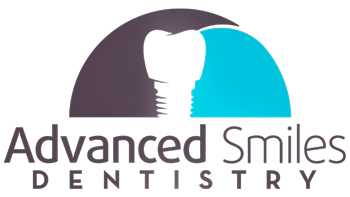PRF PROCEDURE RECOMMENDED BY OUR CLINIC IN TIJUANA.
Do I Need PRP/PRF/PDGF/BMP for Dental Implants and Bone
grafts? In our dental office in Tijuana Advanced Smiles Dentistry, we
can answer this question!
PRF is used to concentrate growth factors, stem cells and molecular enhancers made from your own blood to be used in dental implant and bone grafting procedures.
PRP, PRF, PDGF, and others, are all abbreviations for wonderful enhancers of dental implant bone grafts.
I make it from simply drawing a few test tubes of your own blood from your arm and concentrating your natural growth factors made from your own immune system, this procedure helps to reduce pain and make your bone and gums heal faster and stronger with less complications.
PRP/PRF is also helpful in reducing infections and helping blood to clot in a bone graft and makes the bone graft material handling hold together. It is extremely beneficial and safe because it is made from your own blood. It has been very well studied and documented for many years. Most of our patients that have very large sinus bone grafts usually only need Advil or Tylenol afterwards.
Platelets can play a crucial role in periodontal regeneration as they are reservoirs of growth factors and cytokines which are the key factors for
regeneration of the bone and maturation of the soft tissue.
Platelet-rich plasma (PRP) and platelet-rich fibrin (PRF) are autologous platelet concentrates prepared from patient’s own blood. Recent researches are being focused on the development of therapeutic alternatives which are easy to prepare, non-toxic or biocompatible to living tissues and economically cheap that might result in the local release of growth factors accelerating hard and soft tissue healing.
PRF is a natural fibrin-based biomaterial prepared from an anticoagulant-free blood harvest without any artificial biochemical modification that allows obtaining fibrin membranes enriched with platelets and growth factors. Evidence from the literature suggests the potential role of PRF in periodontal regeneration and tissue engineering.
The slow polymerization during centrifugation and fibrin-based structure makes PRF a better healing biomaterial than PRP and other fibrin adhesives. The main aim of this review article is to briefly describe the novel platelet concentrate PRF and its potential role in periodontal regeneration.



